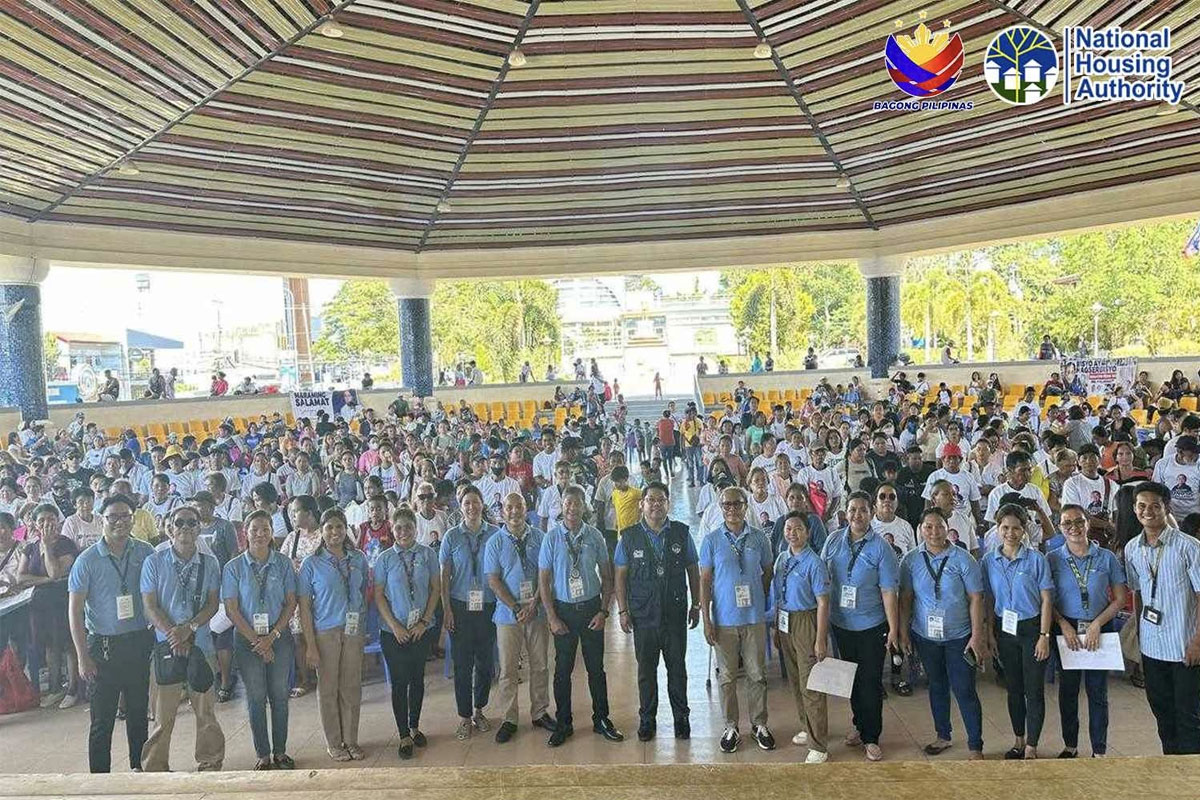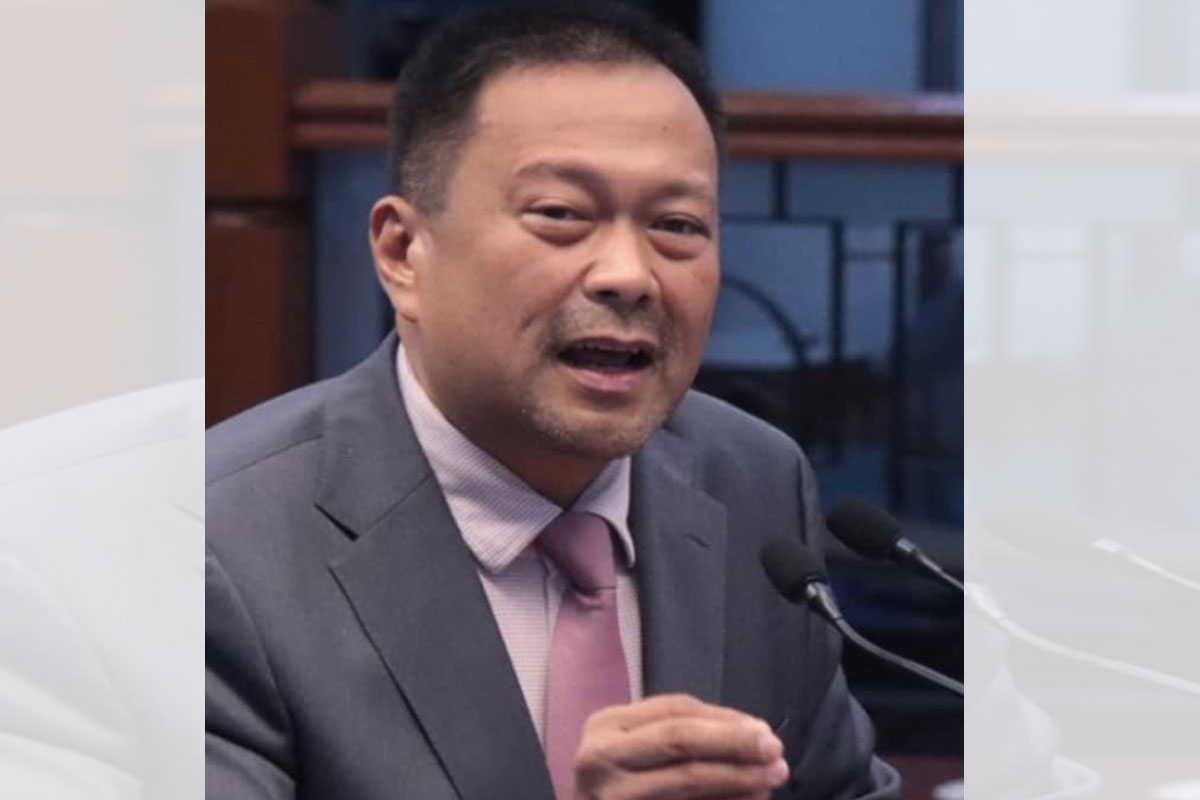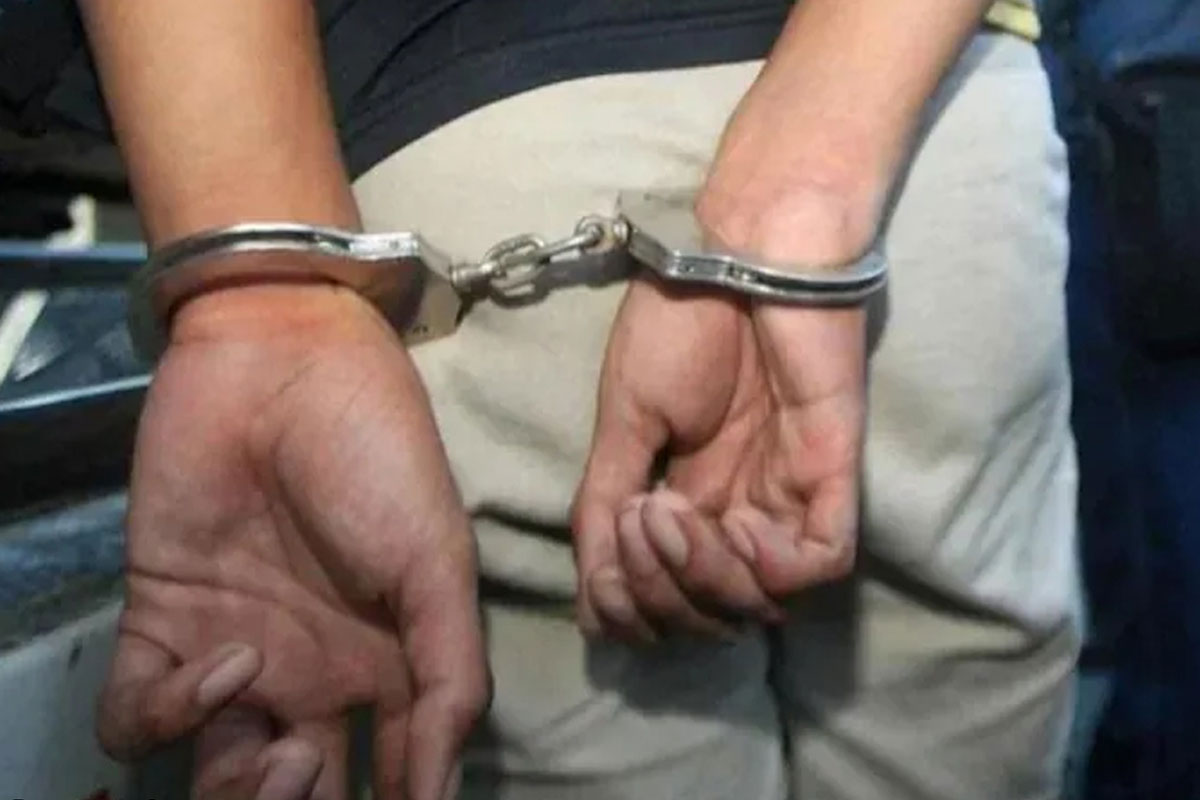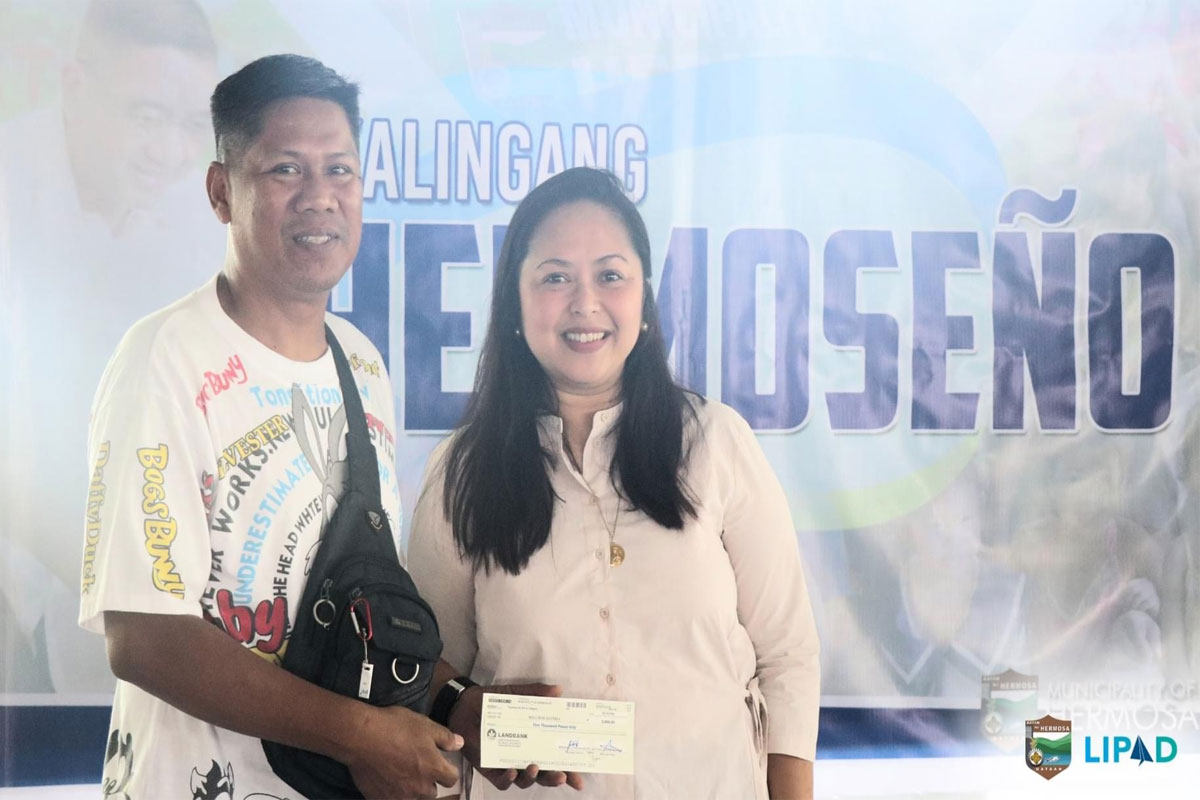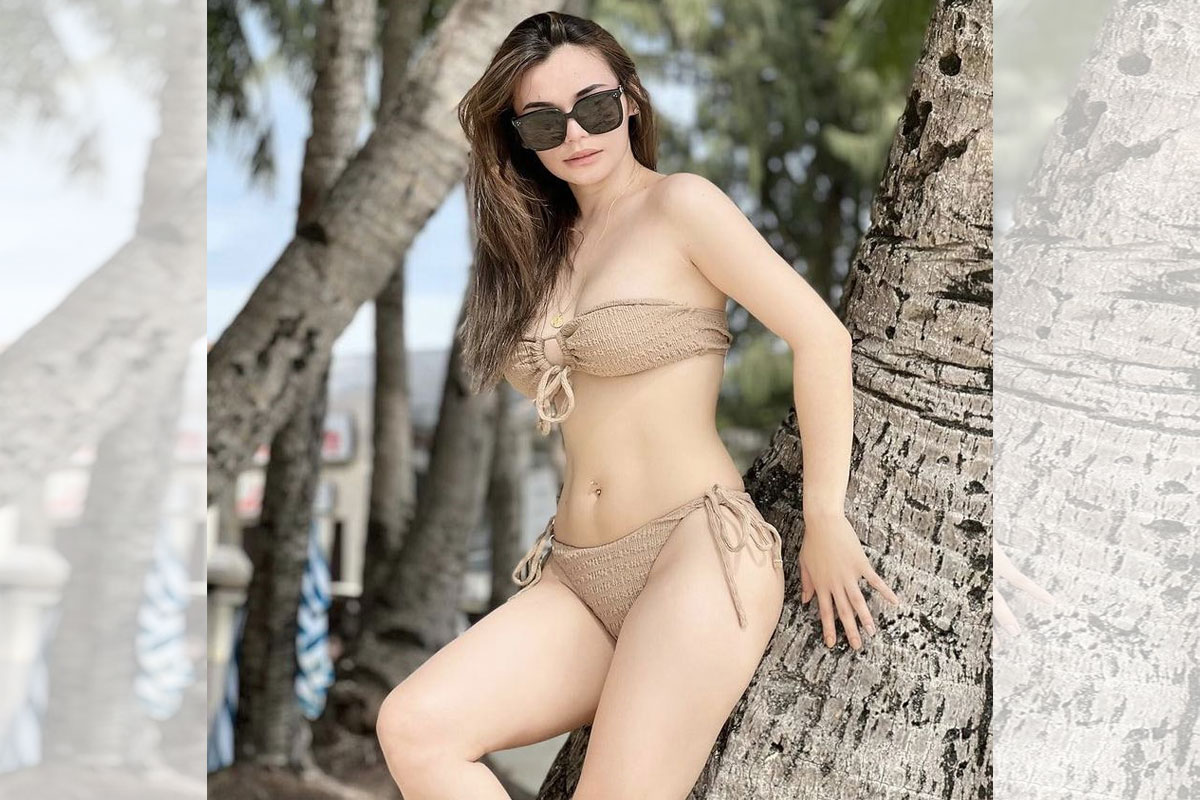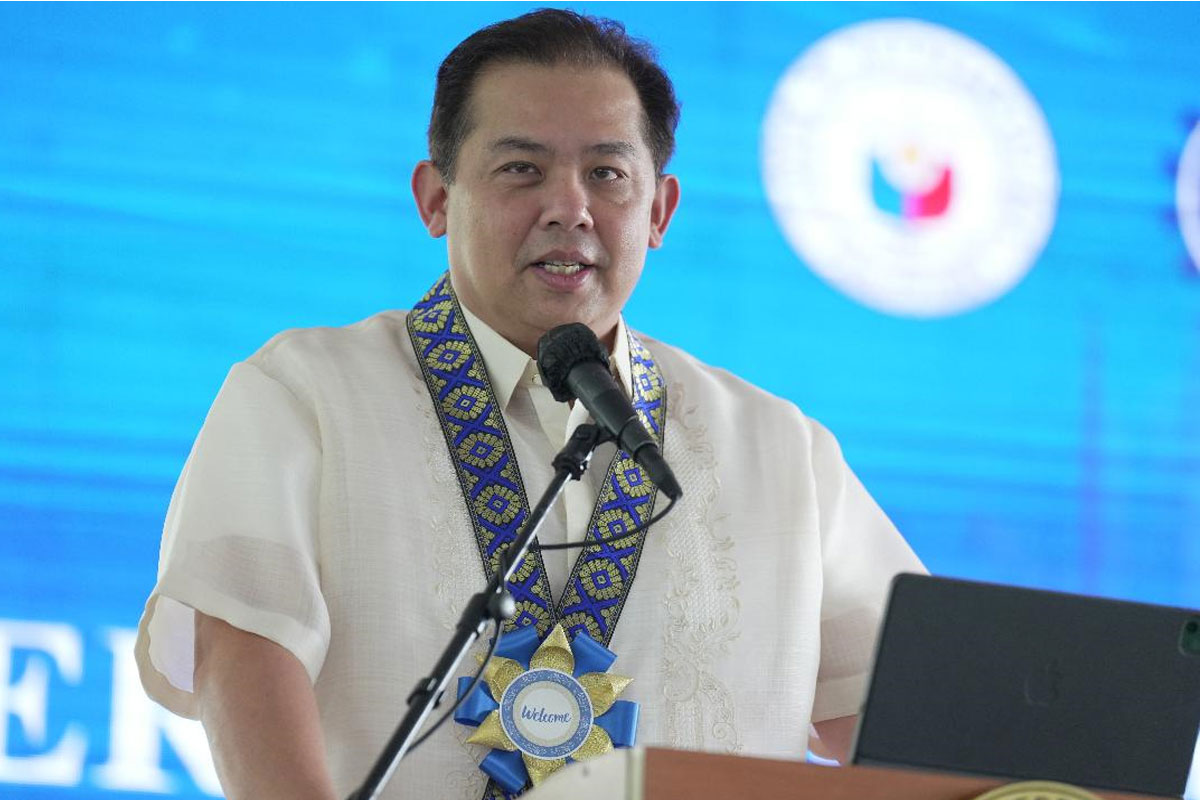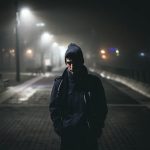
JFK, Death in Dealey Plaza: Who Was the Real Culprit?
JFK assassination
Grassy Knoll
Dealey Plaza
November 22, 1963 was, without any doubt whatsoever, one of the darkest days in American history. That was the date on which President John F. Kennedy was shot and killed at Dealey Plaza, Dallas, Texas. Numerous theories have been put forward to try and determine who the real killer of JFK was. Or, maybe, killers. To understand what it was that led to the president’s death, we have to take a look at the government’s own words on the matter. The U.S. Government Publishing Office provides the following summary of the lead-up to that tragic event that shook not just the nation, but the entire world: “In June 1963, President John F. Kennedy met with Vice President Lyndon B. Johnson and Texas Governor John Connally in El Paso, Texas. They discussed the upcoming 1964 presidential election. President Kennedy had not yet announced that he would be running again, but according to the JFK Library, ‘it was clear that President Kennedy was going to run and he seemed confident about his chances for re-election.’ At the meeting, they determined the need to carry the two states in the South that had the most electoral votes to win in the upcoming election. Campaigning in Florida and Texas became high priority.”
 (Nick Redfern) Death in Dallas
(Nick Redfern) Death in Dallas
The government states: “In November, President Kennedy set off to campaign in those states. On November 21, the president, accompanied by the first lady, boarded Air Force One to head to Texas. After visiting San Antonio, Houston, and Fort Worth, on November 22, the Kennedys took a quick 13-minute flight from Fort Worth to Dallas. When they landed at Love Field, an adoring crowd was there to greet them. Mrs. Kennedy received a bouquet of red roses upon arriving in Dallas. She carried them with her to the limousine, where Governor Connally and his wife, Nellie, who had yellow roses, were already sitting. “The specially-fabricated Lincoln automobile had a plastic bubble top, but agents had instructions from the President that the only time the bubble top was to be used was if there was inclement weather, or if Mrs. Kennedy’s hair was getting out of place from strong winds. Though it had been drizzling earlier in the morning, the skies had cleared for their ride around Dallas. Thus, no need for the bubble top.”
We learn more: “The excited onlookers could see the Kennedys and Connallys up-close-and-personal as they drove through downtown Dallas. The cheering crowds continued to grow and grow. Secret Service Agent for Mrs. Kennedy, Clint Hill, hopped on the back of the car several times in case he needed to fend off rowdy fans who were flooding the left-hand side of the street along which Mrs. Kennedy was riding. The plan was to stop at the Trade Mart where President Kennedy was scheduled to speak at a luncheon. That meant the car needed to decelerate to make the sharp turn from Houston onto Elm Street. As the car was passing the Texas School Book Depository, at around 12:30 p.m., shots were fired, striking the president in the head and neck and the governor in the back. The beautiful red and yellow roses from earlier in the day were scattered throughout the car. Almost immediately, Lee Harvey Oswald was arrested and held for the assassination of John F. Kennedy. Two days later, Oswald was shot and killed on live television while being transferred from police headquarters to the county jail. Ninety-nine minutes after the president’s death, Vice President Johnson took the oath of office with a brave Jackie Kennedy by his side on Air Force One.”
 (Nick Redfern) Who killed JFK?
(Nick Redfern) Who killed JFK?
In the slightly more than half a century that has now passed since President John F. Kennedy was shot and killed in Dealey Plaza, Dallas, Texas on November 22, 1963, a wealth of theories has been put forward to explain the death of the only man who to whom Marilyn Monroe sung, or rather purred, “Happy Birthday.” Those theories range from plausible to paranoid and bizarre to out of this world. On November 29, 1963, an investigation began that still provokes huge debate in conspiracy-themed circles, decades after JFK bought the bullet(s). The ten-month-long study was undertaken by the President’s Commission on the Assassination of President Kennedy. Or, as it is far better, and unofficially, known: the Warren Commission, which took its name from its chairman, Chief Justice Earl Warren. The commission’s job was to get to the bottom of the big question that everyone was itching to see answered: who really shot JFK? According to the Warren Commission, it was Oswald. And it was only Oswald. Not everyone agreed with that controversial conclusion, however.
In 1978, fourteen years after the Warren Commission laid all the blame firmly on the shoulders of Oswald, the United States House Select Committee on Assassinations came to a different conclusion. The lone gunman, said the committee, was not such a lone gunman, after all. President Kennedy’s death was the result of nothing less than a full-on conspiracy. The HSCA agreed with the Warren Commission that Kennedy was killed by Oswald and no-one else. The committee went one step further, however, by concluding that Oswald was not the only gunman prowling around Dallas on that deadly day. Forensic analysis suggested to the HSCA’s investigators that four shots rang out, not the three that the Warren Commission attributed to Oswald. That’s to say there was another gunman. In the minds of the HSCA’s staff, this mysterious second character completely missed his target. Nevertheless, a pair of shooters meant a conspiracy was at the heart of the JFK assassination. In other words: take that, Warren Commission.
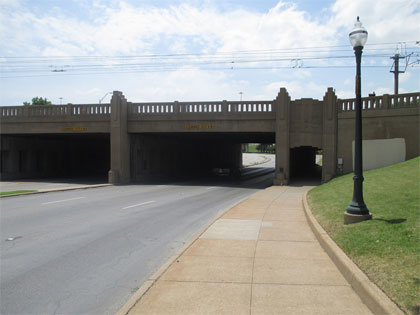 (Nick Redfern) Will we ever know the truth?
(Nick Redfern) Will we ever know the truth?
As for the theories as to who shot JFK, there are many. Some are more plausible than others. In January 1961, outgoing President Dwight D. Eisenhower made a speech, part of which has become inextricably tied to the murder of JFK. Eisenhower said: “In the councils of government, we must guard against the acquisition of unwarranted influence, whether sought or unsought, by the military-industrial complex.” In the minds of many JFK assassination researchers, it is this military-industrial complex that we should look to for the answers on the killing of the president. JFK had a vision of creating a state of lasting peace between the United States and the Soviet Union. In short, Kennedy wanted to end the Cold War. We’re talking permanently. Powerful figures in the military, the Intelligence community, and companies that raked in millions of dollars in lucrative defense contracts, secretly agreed to do the unthinkable. Profits from war were more important than the life and goals of the president. Moving on…
As far back as the late 1950s, the CIA planned to have Cuba’s president, Fidel Castro, assassinated. The Kennedy administration sought to destabilize the Cuban government on many occasions. Castro was enraged. Not as enraged as he became in the wake of the Bay of Pigs invasion of 1961 and the missile crisis of 1962, however. So angered was Castro that he decided to teach the United States a terrible lesson by having the most powerful man on the planet, JFK, murdered. Or, so this particular conspiracy theory goes. None other than Kennedy’s successor, Lyndon B. Johnson, suspected the Cubans were behind the president’s killing. Stating that he could “accept that [Oswald] pulled the trigger,” Johnson felt that Castro had a significant hand in matters somewhere. Not surprisingly, Castro has consistently denounced such claims. Castro also asserts, perhaps with justification, that had the United States proved Cuba was involved, his country would have been wiped off the map. Castro was certainly not a fan of JFK. But would he have risked the very existence of Cuba to see Kennedy killed? The question lives on.
Now, onto the craziest theory iof all. Forget Oswald.Forget the Mafia. Or the Russians. JFK was killed by the man behind the wheel, in full view of the people of Dallas and thousands of cameras. That was the outrageous claim of one of the most vocal conspiracy-theorists of the 1980s and 1990s. His name was Milton William “Bill” Cooper. The man who Cooper fingered as the guilty party was William Greer, a Secret Service agent who drove the presidential limousine on the day that JFK was destined not to leave Dallas alive. When shots echoed around Dealey Plaza, Greer slowed the car down and turned back to look at the president. For Cooper, Greer’s actions were not due to confusion caused by the chaos breaking out all around him. No. Cooper claimed that analysis of the famous footage taken by Abraham Zapruder, on the Grassy Knoll on November 22, showed Greer pointing some form of device at JFK. That device, Cooper maintained to anyone that would listen, was nothing less than a sci-fi-style weapon developed by government personnel that had acquired the technology from extraterrestrials. By the time Cooper got on his rant, which began in the late 1980s, Greer, unfortunately, wasn’t around to defend himself. He passed away in 1985 from cancer, having retired from the Secret Service in 1966 as a result of problems caused by a stomach ulcer. In a strange piece of irony, Cooper himself died by the bullet. In the summer of 1998, he was formerly charged with tax evasion. Cooper told the government what to go and do. What the government did, on November 5, 2001, was to dispatch deputies to Cooper’s Arizona home. A shoot-out soon erupted. Cooper, just like JFK, was soon full of lead. The mystery of who really killed JFK still continues. Will we ever get the truth?
MU*


